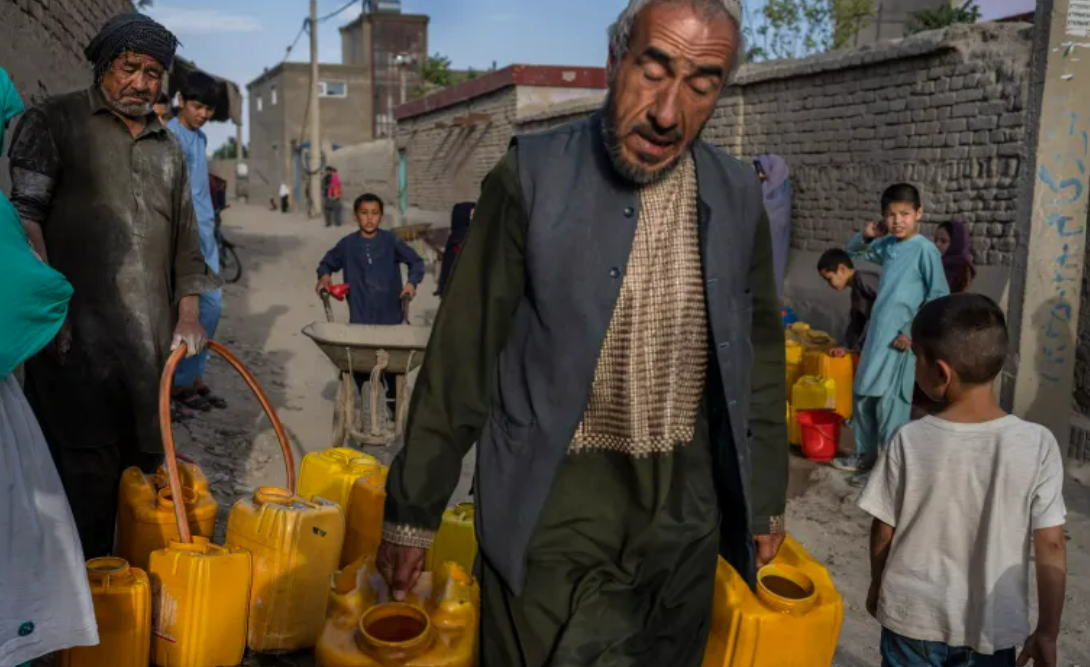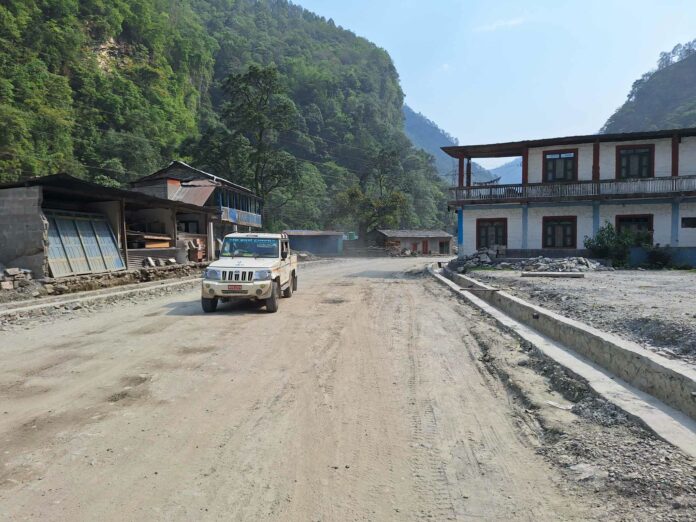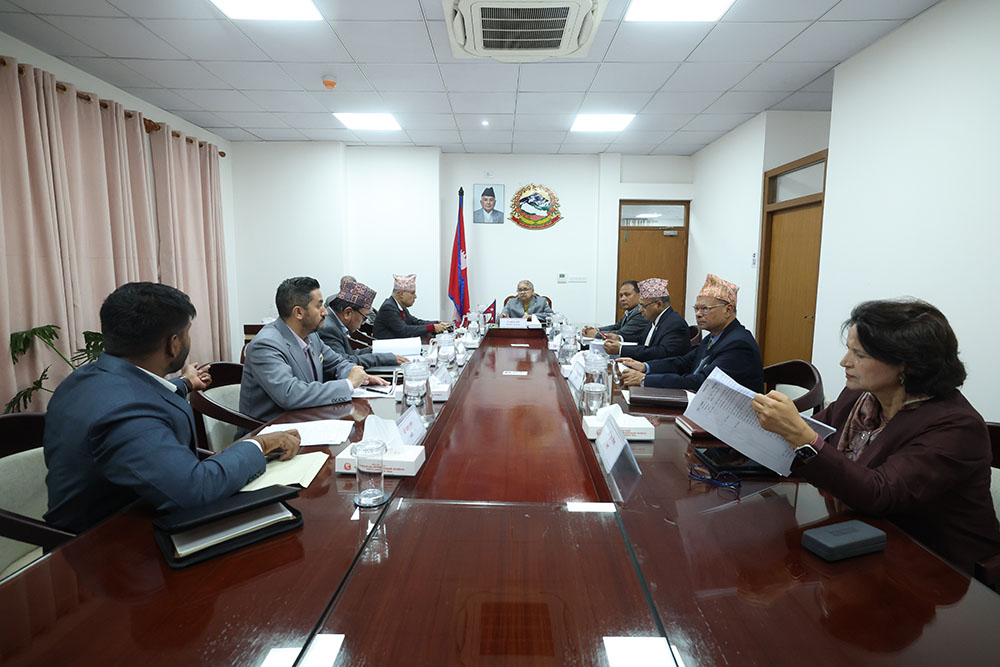Agency. Kabul, the Afghan capital with a population of nearly six million, is in danger of becoming the world’s first major city without water by 2030, a new report has warned. According to a recent report published by ngo Mercy Corps, kabul’s water resources have reached the threshold of danger due to over-exploitation of groundwater and the effects of climate change.
In the last decade, Kabul’s aquifer has decreased by 25-30 meters. According to the report, groundwater use is 44 million cubic meters per year more than replenishment. If this trend continues, kabul’s city will be completely dry by 2030, which threatens to displace about three million people.
Nearly half of Kabul’s underground water wells have dried up, while 80 per cent of the water is polluted, with high levels of sewage, arsenic and salinity, unicef said.
Climate change, failed governance and rapid population growth are the main causes of Kabul’s water crisis. From less than one million in 2001, Kabul’s population has crossed six million today. Two decades of U.S. intervention also increased population density in the capital, but weakened governance in rural areas.
“If there is no immediate effective intervention, this crisis is likely to become a reality by 2030,” said Assem Mayer, a water resources expert and former professor at Kabul Polytechnic University. ”
There are currently about 120,000 illegal borewells in Kabul. In 2023, the United Nations said 49 per cent of kabul’s borewells had dried up and the rest were functioning at only 60 per cent capacity.
Rich people have the ability to dig deep, but the poor have to rely on open water tankers or public taps. Children, especially from poor households, are being deprived of education and child rights while seeking water on a daily basis. Similarly, more than 500 beverage industries, especially the Alokozai Company alone, consume 1 billion liters of water annually. Similarly, the greenhouse farming system spread over 400 hectares consumes 4 billion liters of water annually.
Snow and rainfall have decreased in recent years. There has been a drastic drop in the water coming from the melting of snow in the Hindu Kush mountain. In the winter of 2023-24, Afghanistan received only 45-60 percent of the average rainfall. High temperatures have increased evaporation and the need for water in agriculture has increased.
When the Taliban came to power in 2021, international aid was reduced and most projects were stalled. For example, a project to supply water from the Loiser aquifer, which was to be implemented in Kabul in collaboration with the German Development Bank and the European Union, has been postponed.
Similarly, the agreement between India and former President Ashraf Ghani for the construction of the Shah-Tut dam has also become uncertain. If these projects were implemented, water could be supplied to large areas of Kabul.
According to experts, basic infrastructure development is necessary first to solve the problem. Artificial water recharge, check dams and reservoirs need to be constructed, rainwater harvesting and groundwater replenishment are necessary.
Repairing kabul city’s old pipe system and building a centralized water supply system by incorporating scattered pipes are the main measures. But all these things are difficult because Afghanistan is currently under international sanctions. This has blocked the necessary technology, resources, and foreign aid. In the midst of the environmental crisis, it is clear that the existence of Kabul city is now in danger.


















प्रतिक्रिया दिनुहोस्